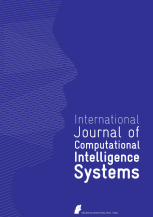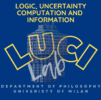
This paper is a contribution to the study of two distinct kinds of logics for modelling uncertainty. Both approaches use logics with a two-layered modal syntax, but while one employs classical logic on both levels and infinitely-many multimodal operators, the other involves a suitable system of fuzzy logic in the upper layer and only one monadic modality. We take two prominent examples of the former approach, the probability logics Plin and Prpol (whose modal operators correspond to all possible linear/polynomial inequalities with integer coefficients), and three logics of the latter approach: PrŁ, PrŁΔ and PrPŁΔ (given by the Łukasiewicz logic and its expansions by the Baaz–Monteiro projection connective Δ and also by the product conjunction). We describe the relation between the two approaches by giving faithful translations of Prlin and Prpol into, respectively, PrŁΔ and PrPŁΔ, and vice versa. We also contribute to the proof theory of two-layered modal logics of uncertainty by introducing a hypersequent calculus HPrŁ for the logic PrŁ. Using this formalism, we obtain a translation of Prlin into the logic PrŁ, seen as a logic on hypersequents of relations, and give an alternative proof of the axiomatization of Prlin.
P. Baldi, P.Cintula, C.Noguera. Classical and Fuzzy Two-Layered Modal Logics for Uncertainty: Translations and Proof-Theory, International Journal of Computational Intelligence Systems,
https://doi.org/10.2991/ijcis.d.200703.001
